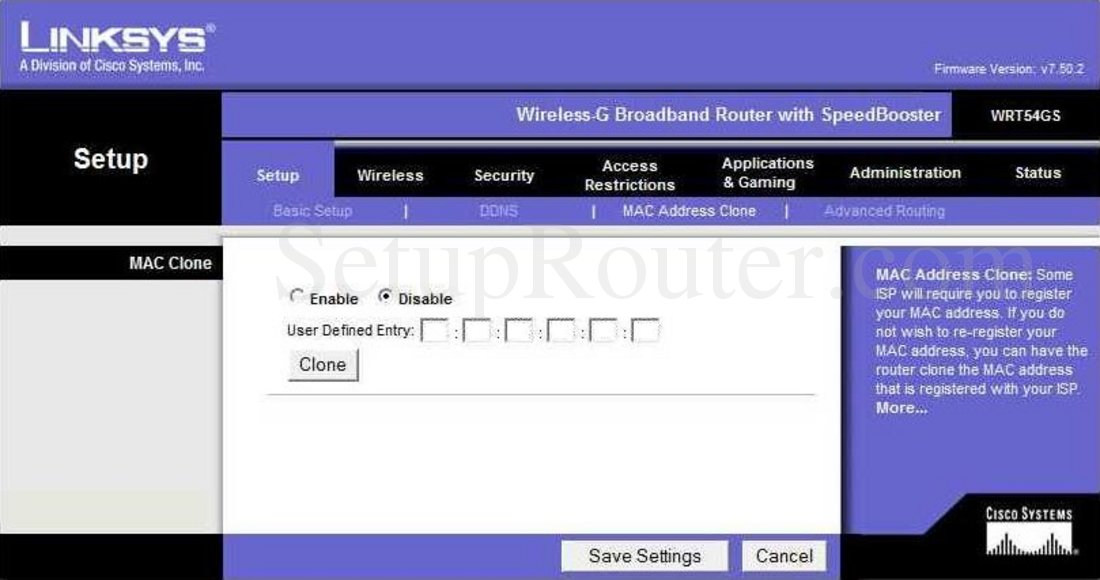

In this article, we will discuss how to check the MAC address table in Linux and why it is important. We will also provide some tips on how to effectively use the MAC address table in Linux for troubleshooting. Finally, we will provide some resources for further reading on the subject.Ī network device’s MAC address, also known as the Media Access Control, is essentially the address of the device on the network. The device is linked to other devices on a network by a unique identifier known as its address. A router or switch can be used to find the MAC address table. In either case, look at the ARP table for information, as demonstrated by using the show mac-address-table command. PuTTY and the ifconfig command are two relatively simple programs that can be used to find your MAC address on a Mac. When the ping command is used, a connection is established between the network devices.ĪRP, a command line utility, displays the location of local MAC addresses stored in ARP’s cache. You can refer to the address as a future reference by writing down or copying and pasting the address. A network interface address (also known as an MAC address) is a 48-bit (6,000-byte) address required for all network connections. You can find the MAC address of a Linux computer by typing this command into a Terminal window. You may want to use the ip address command if your Linux OS does not have the ifconfig command.


It represents the MAC address that the Linux bridge has received. Well, you're out of luck unless you can have the client volunteer that information and transmit via other means.The port numbers in a particular port are denoted by the number of that port. #look for the output line describing our IP address #run the external command, break output into lines So, if you are building some kind of LAN based system and your clients are on the same ethernet segment, then you could get the MAC address by parsing the output of arp -n (linux) or arp -a (windows).Įdit: you ask in comments how to get the output of an external command - one way is to use backticks, e.g. The client MAC address will not be available to you except in one special circumstance: if the client is on the same ethernet segment as the server. You can get the client IP from $_SERVER Client MAC address Server MAC addressįor the MAC address, you could parse the output of netstat -ie in Linux, or ipconfig /all in Windows.

You can get the server IP address from $_SERVER.


 0 kommentar(er)
0 kommentar(er)
